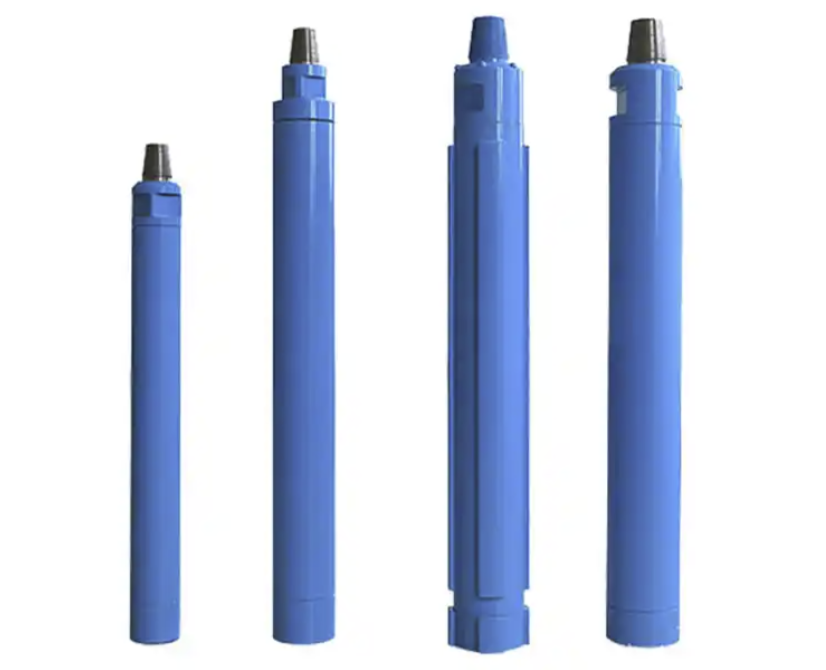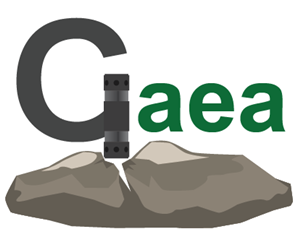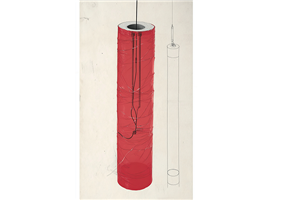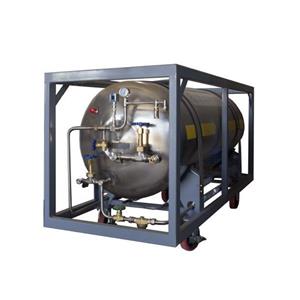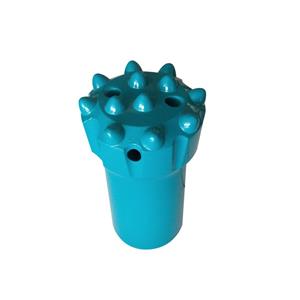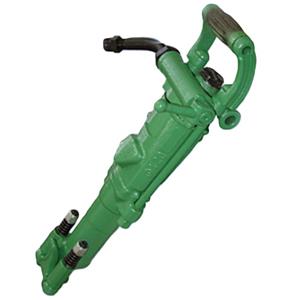What are the core performance indicators of a high-quality DTH (down-the-hole) hammer in drilling-and-blasting operations?
High drilling efficiency and fast penetration rate (core indicator) Drilling speed is the primary concern for drilling-and-blasting users. It directly affects users’ profits: in drilling-and-blasting operations, the faster the drilling, the more meters a shift (per operator / per rig) can complete, and the higher the revenue per unit time. For example, if a rig equipped with a high-quality hammer can drill 300 m per shift while an ordinary hammer only drills 200 m, with a fixed unit price the former’s daily revenue can increase by 50%. Key impact: drilling speed determines a user’s “earning efficiency,” so it is the top priority.
Long service life (measured by total meters drilled; directly controls cost per meter) Hammer lifespan is not measured in days of use but by the cumulative meters drilled by a single hammer, which directly affects the user’s cost per meter. Assume a high-quality hammer costs RMB 2,000 and drills 10,000 m in total, giving a hammer cost of RMB 0.20 per meter; an ordinary hammer costs RMB 1,500 but only drills 4,000 m, giving a cost of RMB 0.375 per meter. Although the former’s purchase price is higher, its cost per meter is 46.7% lower, which significantly reduces total cost over long-term use.
Good pressure retention (ensures stable efficiency and prevents “getting slower over time”) “Good pressure retention” in a hammer essentially reflects the wear resistance of its internal parts; its core role is to maintain a stable drilling speed over time. When a hammer operates, internal components such as the piston and valve assembly undergo high-frequency friction; if they are not wear-resistant, sealing performance will degrade and pressure will be lost, causing the common problem of “fast at first, then a sudden drop in speed.” A hammer with good pressure retention will maintain relatively high drilling speed and ensure that operational efficiency does not decline.
Low failure rate (reduces downtime losses and controls hidden costs) A low failure rate depends on durable wear parts; focus should be on the damage resistance of key components, which directly affects work continuity.
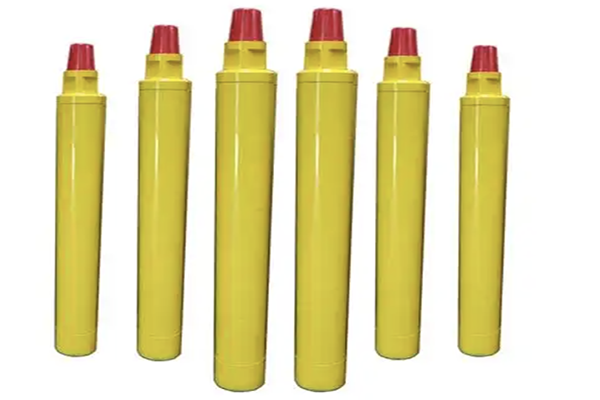
Piston: not prone to breakage — avoids full-machine downtime caused by piston fracture (replacing a piston takes 1–2 hours, delaying 30%–50% of a shift’s workload).
Outer sleeve: wear-resistant and crack-resistant — sleeve cracking can cause borehole deviation, requiring rework and re-drilling, increasing consumable use (drill rods, bits) and time costs.
Front connector: wear-resistant outer surface + high hardness internal spline — outer wear reduces drilling stability; spline wear reduces power transmission efficiency (slower speed). Damage to either requires shutdown and replacement, and post-replacement recalibration, further wasting time.
Fast drilling speed, good pressure retention, high total meters drilled, and low component failure rates are the four core criteria drilling-and-blasting users use to judge the quality of a hammer.
